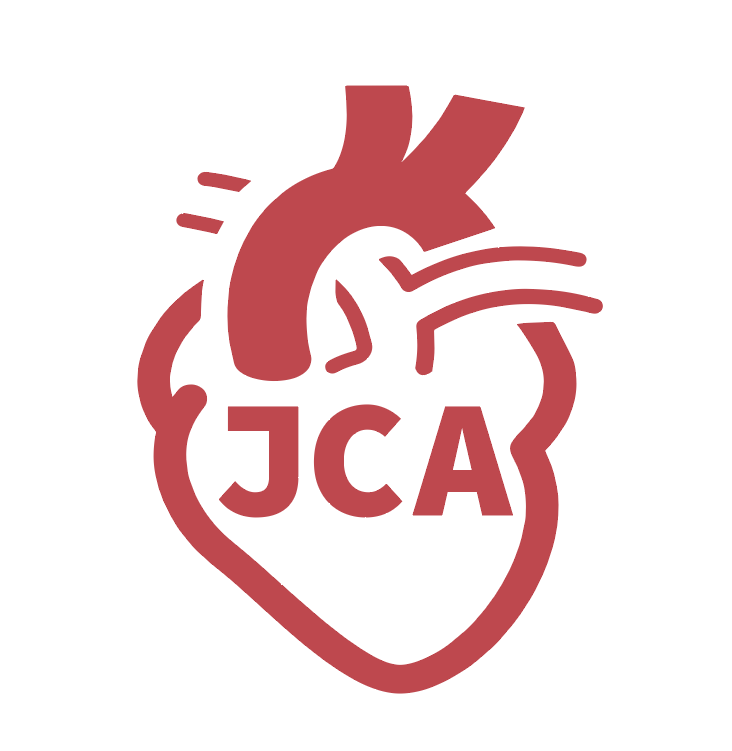fig1

Figure 1. Fibroblast-driven arrhythmogenesis in myocardial infarction. A recently published study by Wang et al. documented for the first time that fibroblasts in infarcted hearts can couple with cardiomyocytes and trigger arrhythmias[8]. Thus, fibrosis can promote arrhythmogenesis not only through the conduction-blocking effects of the extracellular matrix deposited between cardiomyocytes, but also through direct fibroblast-mediated cardiomyocyte excitation. Coupling may involve both gap junctional and ephaptic coupling. The study also raises several intriguing questions for further investigation.








